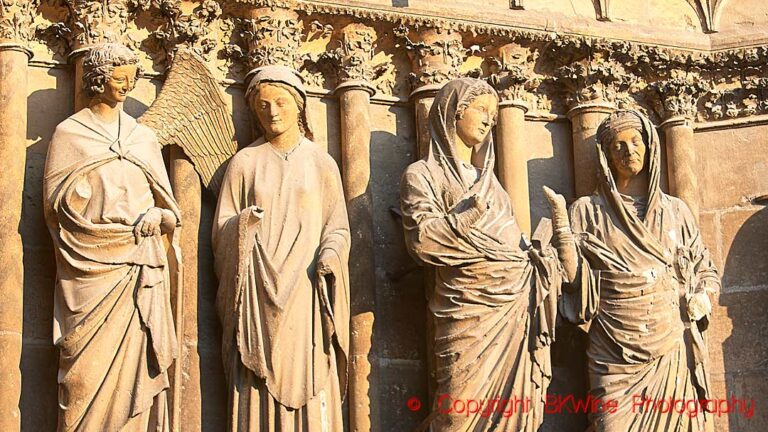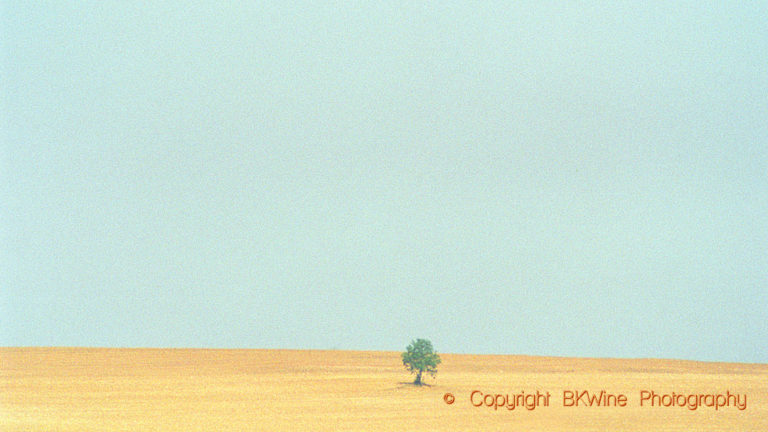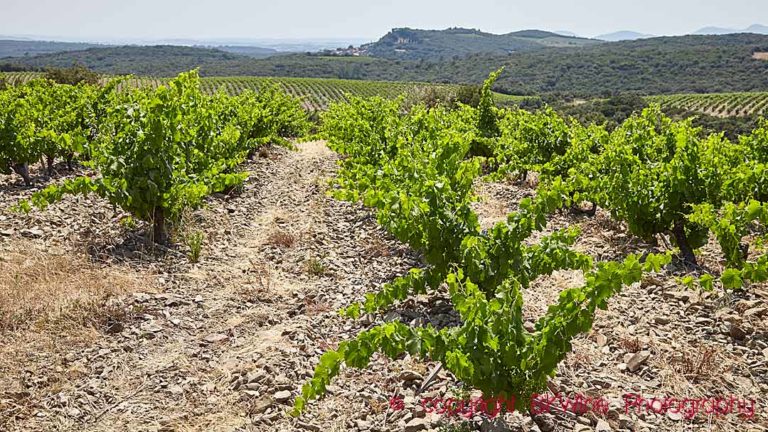Alsace now has its first grand cru wines made with pinot noir. Until now, the Alsatian red grape has been banned from grand cru wines. But not anymore. At least not from two of them. Red wines from Kirchberg de Barr and Hengst in Wintzenheim now have the status of Alsace grand cru. The rules set the maximum yield at 40 hl/ha (the white wines from the same vineyards have 50 hl/ha).
Alsace has a variety of grapes, but four of them have a special status as “noble grapes”: riesling, gewurztraminer, pinot gris and muscat. These are the only grapes allowed in a grand cru wine.
However, the monopoly position of the four is beginning to loosen. A few years ago, the grand cru Zotzenberg was allowed to use sylvaner. And now, pinot noir is permitted in two grand cru wines.
Pinot noir is on the rise in Alsace. More and more consumers appreciate the light, sometimes elegant style of red Alsace wines and the grape is given a more serious treatment by the producers. The wines are getting more interesting by the day.
Alsace has a total of 51 grand cru vineyards.
Read more: terredevins
– – –
A note on “grand cru”:
“Grand cru” is a confusing denomination. It can be an appellation, a classification, or nothing at all.
In Alsace: Grand cru in Alsace is part of the appellation system and designates (under certain conditions) specific vineyards.
In Bordeaux: Grand cru in Bordeaux is (usually) a classification (which is quite different from an appellation). It usually refers to the classifications of “1855”. This is a classification of the chateau “brand names”, or the buildings. It does not have any direct connection to the vineyard. It is similar (but slightly different) for the Saint Emilion and Graves classifications. Read more on the Bordeaux classification here.
In Burgundy: Grand cru in Burgundy is part of the appellation system and thus refers to specific vineyards, often owned by multiple proprietors, just like in Alsace.
In Champagne: Grand cru in Champagne (together with premier cru) used to be a price-fixing mechanism to set prices for grapes. The price fixing was abandoned in the 90s and the “grand cru” label was abandoned as a denomination in 2004 so it no longer has any official value. But it is still allowed and – with reason (sometimes) or not (mostly) – gives a lot of prestige to the villages that have it. Read more on Champagne grand cru here.
In some other rare occasions (quarts de chaume, Provence) “grand cru” is also used.










